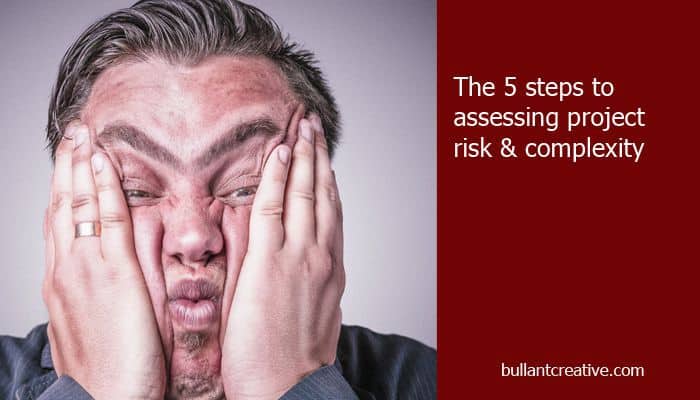Project complexity is increasing, particularly in manufacturing, and using project cost as the only indicator of risk is getting less helpful. How then do we take a broader supply chain view when assessing project risk?
The definition of risk is different from one business to the next. Also an aggressively competitive business context can make it necessary for a senior management team to allow a project to proceed even when the most cursory risk analysis would suggest delaying.
So, while recognising that business management is more than a series of check-sheets, there are 5 factors that account for most of the operational risk associated with any project entering a supply chain;
1. Potential Business Impact
Is the project targeting a supply chain bottleneck and is that bottleneck sensitive to any inputs that will be changed or modified as a result of the project? Will the project move a constraint to a different location in the supply chain? How technically complex is the environment where the project is being implemented.
There are 5 factors that should be considered with introducing new assets and/or new material inputs;
- Type of product made on the installed process – Is the business, or business unit in which the project is being executed, involved in the production of a commodity which rarely changes or is it involved in the production of many different products which change constantly, such as Fast Moving Consumer Goods (FMCG)?
- Type of installation site – Is the project stand-alone on a greenfield site or is it being implemented within an existing facility with an operations platform and HR culture already in place?
- Level of business integration required – Does the project require a lot of integration into existing operations or can it be segregated and implemented without much reference to existing infrastructure or industrial relations agreements?
- Anticipated stakeholder buy-in and consent – Have project stakeholders got a high commitment to the project, do they have significant “skin in the game” as witnessed by their behaviour towards the project or is there a lot of friction & uncertainty regarding whether or not the design is fit for purpose?
- How closely is capability & profitability matched with the investment? – How closely does the capability of the assets and material being introduced as part of the project meet the business expectations expressed in the approved project? Is there still a lot of work to be done to validate that original asset or material supply assumptions made in the original project can actually deliver the project business brief?
2. Project Cost
Most people go straight to asset cost here, but there are other types of potential business cost impacts. To what extent does the project expose the business to risks to input costs like raws and packaging as well as labour, efficiencies, waste and training costs.
3. Internal Expertise
Is the new technology, or new input, already being used inside the business? Are R&D and operations familiar with the implications of the new input or technology? Is the performance of new inputs on your existing equipment known?
4. Technology Support
Is the new equipment or are the new inputs complex or innovative? Is there a single supplier taking responsibility for performance? Are there similar applications of the technology or materials nearby? Are the expectations of the equipment or materials clearly defined particularly in relationship to the proposed application? Are support technicians freely available and how long will they take to arrive if there are problems?
5. Supplier Risk
How long have the main suppliers been in business, are they in good financial shape and are they experiencing manageable growth? How far away are the suppliers from the point of supply? Is there a supply contingency?
